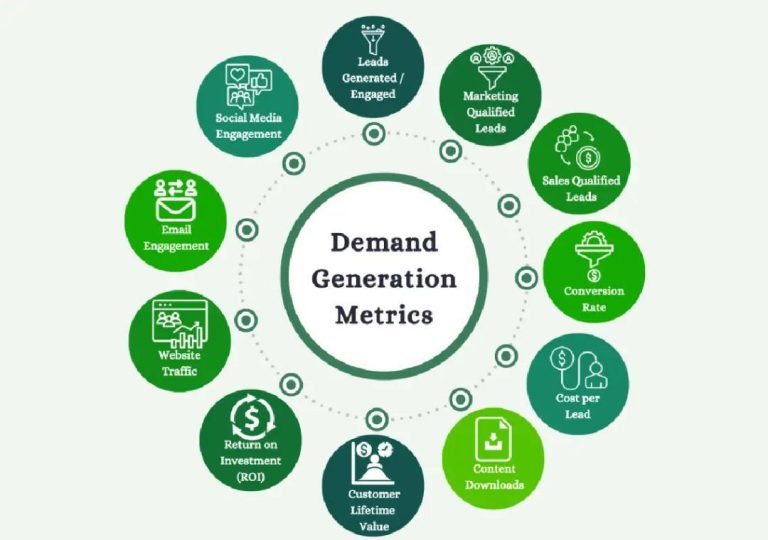
What are the Risks and Challenges of Implementing IA?
Intelligent Automation (IA) has become a buzzword in the business world, promising to revolutionize the way organizations operate by increasing efficiency, reducing costs, and improving decision-making. While the benefits of IA are undeniable, its implementation is not without its challenges. In this blog post, we’ll delve into the risks and challenges of implementing IA and provide guidance on how to overcome them.
High Implementation Costs
One of the most significant challenges of implementing IA is the high cost associated with it. The cost of developing and implementing IA solutions can be substantial, and it may require significant investments in hardware, software, and personnel. According to a report by Gartner, the average cost of implementing IA can range from $100,000 to $1 million or more, depending on the complexity of the project.
Another challenge is the need for specialized skills and expertise to design, develop, and maintain IA systems. This can be a major hurdle for organizations that lack the necessary talent or resources to support IA development.
Potential Job Displacement
Another concern is the potential for job displacement as a result of IA implementation. As machines and algorithms take over routine and repetitive tasks, there’s a risk of job loss, especially for employees in roles that are heavily reliant on manual processing.
While IA can certainly create new job opportunities in fields like data science, machine learning, and software development, the potential for job displacement is a significant challenge that organizations must consider when implementing IA.
Data Security Concerns
Data security is another major concern when it comes to IA implementation. As IA systems process and analyze vast amounts of data, they also create new vulnerabilities that can be exploited by cybercriminals.
Organizations must ensure that their IA systems are designed with robust cybersecurity measures in place to protect sensitive data and prevent unauthorized access.
Data Quality and Integrity
Another challenge of IA implementation is ensuring the quality and integrity of the data used to train and operate AI models. Poor data quality can lead to inaccurate predictions, biased decision-making, and flawed outcomes.
Organizations must ensure that their data is accurate, complete, and free from errors and biases to ensure that IA systems operate effectively and efficiently.
Strategic Planning and Employee Reskilling
To overcome these challenges, organizations must adopt a strategic approach to IA implementation. This includes:
- Developing a clear IA strategy that aligns with business goals and objectives.
- Identifying areas where IA can add the most value and prioritizing those initiatives.
- Investing in employee reskilling and upskilling programs to ensure that staff have the necessary skills to work effectively with IA systems.
- Implementing robust cybersecurity measures to protect sensitive data and prevent unauthorized access.
Robust Cybersecurity Measures
In addition to strategic planning and employee reskilling, organizations must also implement robust cybersecurity measures to protect their IA systems and data. This includes:
- Implementing multi-factor authentication and access controls to secure IA systems and data.
- Conducting regular security audits and penetration testing to identify vulnerabilities and weaknesses.
- Investing in AI-powered security solutions that can detect and respond to threats in real-time.
- Establishing incident response plans to minimize the impact of cyber attacks and data breaches.
Conclusion
While IA offers numerous benefits, its implementation is not without its challenges. High implementation costs, potential job displacement, and data security concerns are just a few of the risks and challenges that organizations must address when implementing IA.
To overcome these challenges, organizations must adopt a strategic approach to IA implementation, invest in employee reskilling and upskilling programs, and implement robust cybersecurity measures to protect sensitive data and prevent unauthorized access.
By doing so, organizations can ensure successful IA integration and reap the benefits of increased efficiency, reduced costs, and improved decision-making.
Source: https://www.growthjockey.com/blogs/intelligent-automation-pros-and-cons






